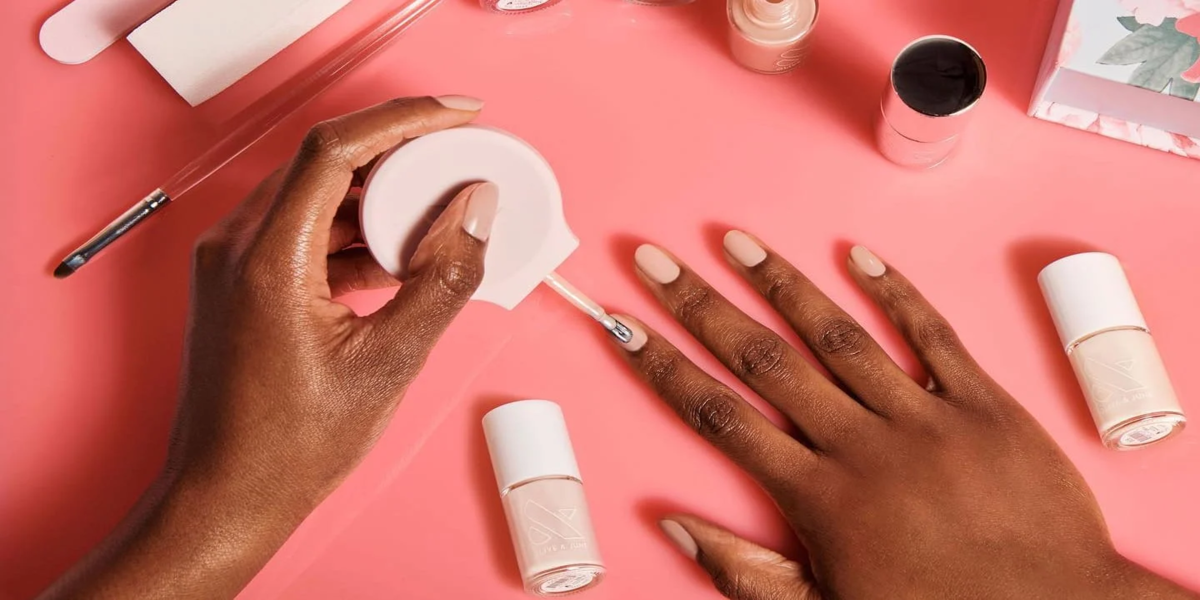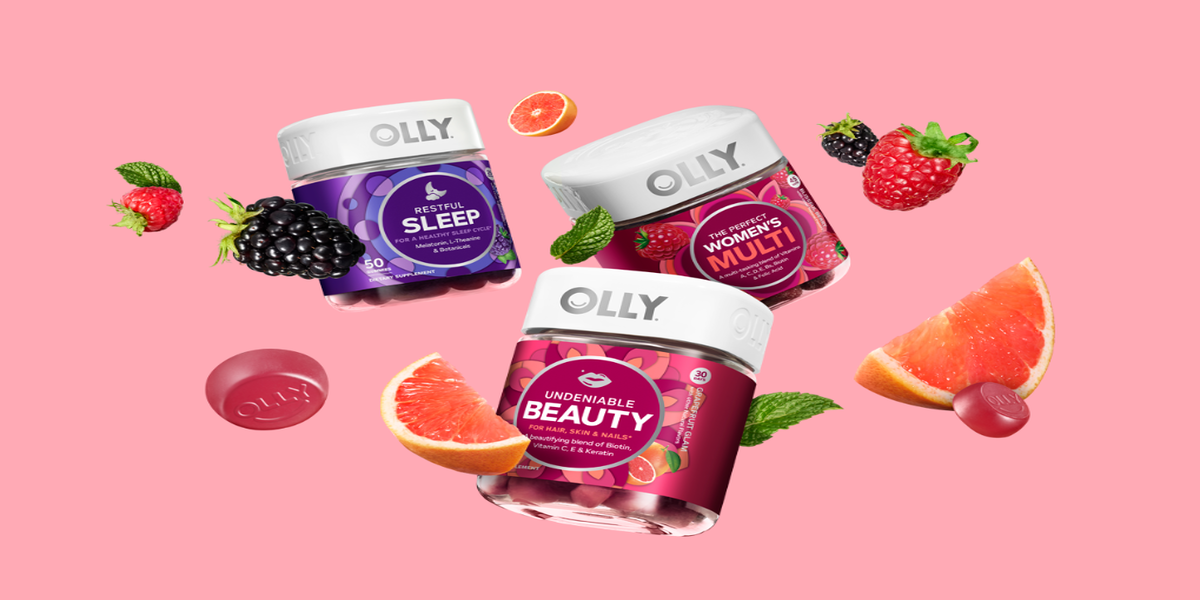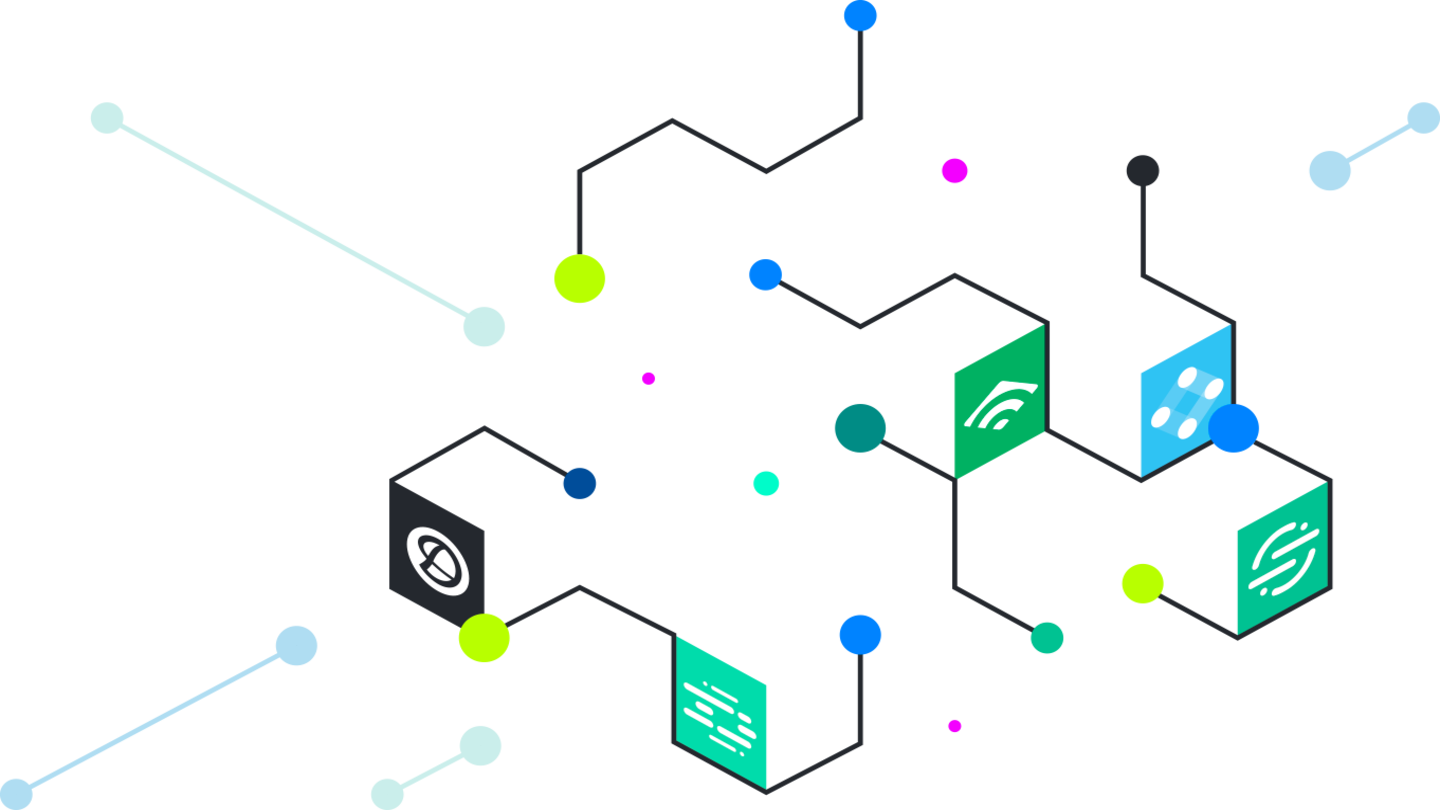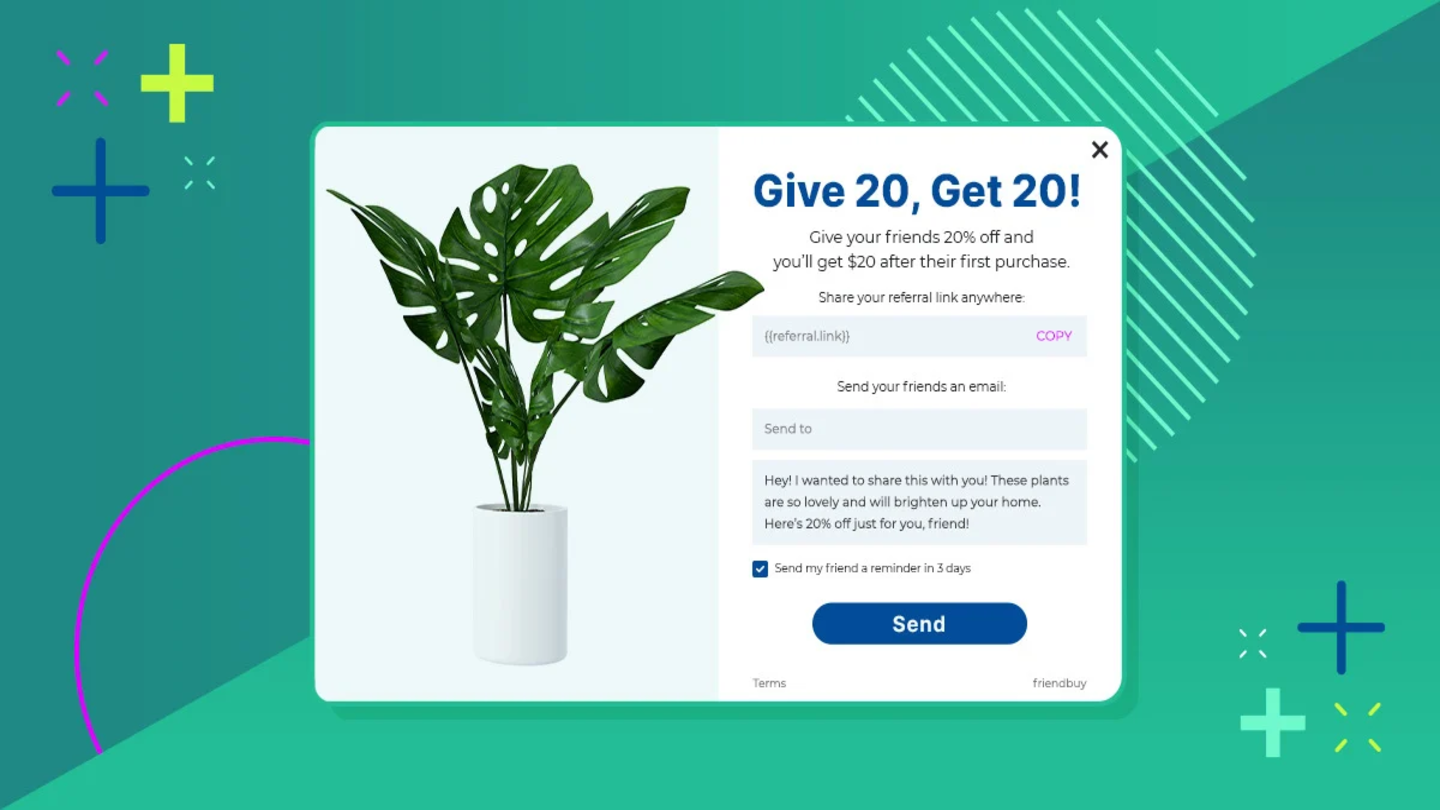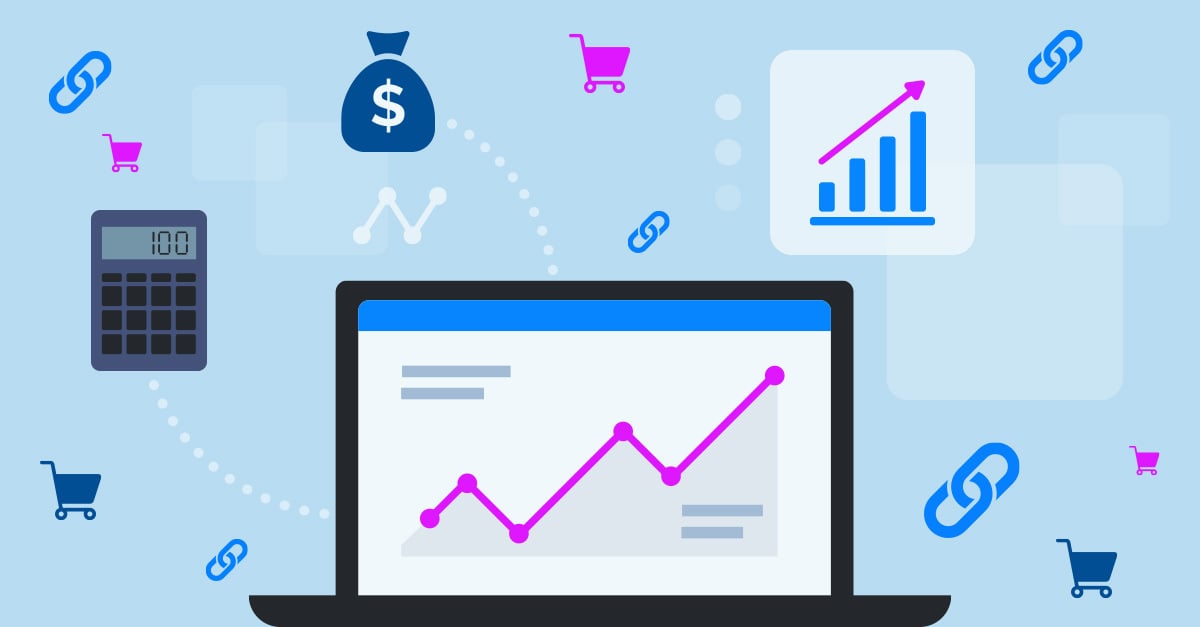Share this article
Table of Contents
Referral rates allow you to measure referral program success by looking at how and why your customers are referring your brand in the first place.
To fully understand the referral rate, though, you need to look at all aspects of the referral marketing funnel. We’ll go through a few different ways to measure referral success, what your target referral rates should be per industry, and how to improve them.
How To Calculate A Referral Rate
Your referral rate is perhaps one of the most important metrics to look at when evaluating the overall success of your referral program and campaigns. It’s the number of referral link clicks divided by the total number of purchases from those clicks.
.jpg?width=1200&height=600&name=referral%20rate%20formula%20copy%20(1).jpg)
This number informs you what percent of overall referrals are driving sales. If you have a 2% referral rate — the global average referral rate is around 2.35% — that means that for every 100 customer referrals, 2 of them were a referred purchase.
When talking about referral rate, there are two main metrics to keep in mind:
- Share rate (the percentage of Advocates who share after viewing the widget) and
- Conversion rate (the percentage of Referred Friends who convert after clicking on a referral link)
What Is a Good Referral Rate?
Referral rates vary by industry, which means it’s key to look at the numbers that correlate with your specific company. If you want to better understand the referral rate, you’ll need to examine other referral marketing metrics — such as your sharing rate, referral visits, and the referral conversion rate.
|
Metric |
Ideal range |
Suggestions if you’re below the ideal range |
|
Share rate |
5% - 9% |
If your share rate is low, that means your Advocates aren’t motivated to refer. Try increasing or A/B testing your Advocate incentive to motivate more referrals. |
|
Clicks per share |
1.8 - 2.8 |
A low click per share rate indicates that the friends and family of your Advocates aren’t motivated to click. Try increasing or A/B testing your Friend incentive, and give your Advocates enticing share messages to help improve click rates. Also, consider testing copy for your referral program email and SMS messages. |
|
Conversion rate |
2-3x your ecommerce conversion rate |
To improve your conversion rates, try increasing or A/B testing your Friend incentives. Ensure your referral offer is more enticing than other offers and promotions on your site. Also consider using a dedicated Friend landing page so that Friends are focused just on the offer in front of them. |
Sharing Rate
The sharing rate is the percentage of Advocates who share your referral program when presented with an opportunity to do so via a referral widget (overlay or embed).
Friendbuy example: Spanx offers ample opportunities for Advocates to share their referral program by including
- a link in their header,
- a homepage call-to-action banner,
- and a post-purchase widget.
Advocates can easily share their referral code with Friends through social channels or email. The rewards that you’ve put in place for your program will incentivize them to do the sharing. The more visible and enticing your rewards are, the higher you can expect your sharing rate to be.
If you notice that your sharing rate is lower than you’d like it to be, you may want to consider A/B testing to optimize your referral program. Choose one element at a time that you’d like to test, such as the call-to-action copy, the widget design, or Advocate rewards.
For example, Olive & June used A/B testing and discovered that Advocates preferred sharing via email. They capitalized on this discovery by having a more prominent email sharing call-to-action.
Here’s a general idea of how to feel about your sharing rate:
- 7% - meh
- 15% - solid
- 30% - you've nailed it
Some of Friendbuy's customers have exceeded a 50% sharing rate, a notable optimization goal for everyone.
Please Note: Performance will vary by placement (homepage, user account pages, order confirmation page, etc.) so getting as many widget placements as possible is highly encouraged.
How you can improve your sharing rate:
- A/B test offers (store credit, free gift, etc.)
- A/B test the content (CTA copy, widget design, etc.)
Referral Visits
When a friend visits your website after clicking a referral link they saw — either on Facebook, Twitter, Email Message, or a PURL — that counts as a referral visit.
The tricky part with this marketing statistic is that Facebook, Twitter, and PURLs don’t report impressions, sort of busting a normal marketing calculation. While email reporting does include opens and unique opens, the best way to approach this — in aggregate and normalized across all channels — is to measure the number of visits per share. This levels the playing field and lets you gain insights that you would otherwise miss if looking at referral visits alone.
Here’s a general idea of how to feel about your referral visits:
- 1 visit per share - meh
- 2 visits per share - solid
- More than 5 visits per share - you’ve nailed it
If you’re looking to improve referral visits and get more Friends clicking on a referral link, you can also consider A/B testing to try out different copy, images, or CTA placement.
How you can improve referral visits:
- A/B test offers
- A/B test copy and images
Referral Conversion Rate
The referral conversion rate is the percentage of referred Friends that convert when they get to your site.
Friendbuy defines the referral conversion rate as the the number of referral purchases divided by the total number of referral shares.
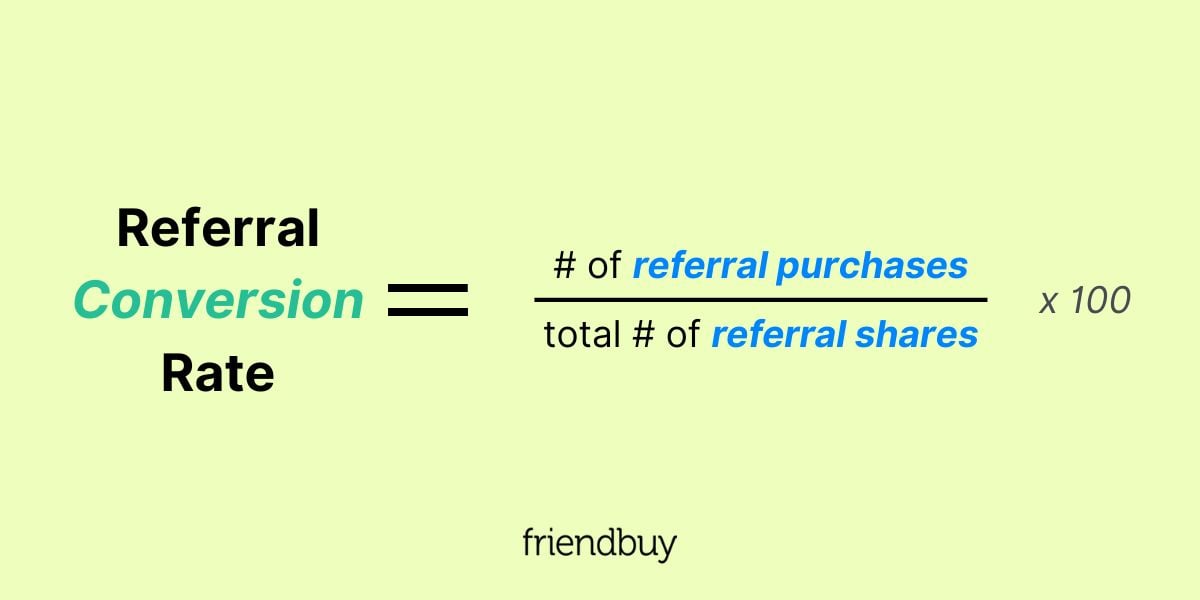
Referral conversion rate = number of referral purchases / total number of referral shares x 100
Here’s a general idea of how to feel about your referral conversion rate:
- Less than 4% - meh
- 10% - solid
- More than 15% - you've nailed it
If your referral conversion is lower than you’d like it to be, you may have a similar problem as a low sharing rate — just this time on the Friend side versus the Advocate side.
Your offer might not be enticing enough.
Make sure that the Friend incentive is enough to prompt them to convert. You can, again, try to see what works through A/B testing. Make sure that the incentive is valuable — something they can only receive through customer referrals, not just as a general visitor to the site.
To really increase the likelihood of conversions, the referral landing page that they are taken to should be eye-catching and the incentive should be clearly visible. A strong, dedicated landing page will prove to be more valuable than simply sending Friends to the home page.
How you can improve your referral conversion rate:
- A/B test offers
- Build and A/B test a dedicated referral landing page (much better than driving referred visitors to your home page)
Referral Marketing Results
This is where the rubber meets the road, the very thing that determines if your time and effort has been worth it. Two key referral marketing statistics summarize it all, your lift on revenue and cost per acquisition.
Lift on Revenue
Your lift on revenue is the percentage increase in sales after starting a referral program. You can use it to directly see how beneficial your referral program or referral campaigns are to your sales and adjust accordingly. Ideally, you’ll see a high referral marketing ROI, driving between five to fifteen percent of total revenue.
Here’s a general idea of how to feel about your lift on revenue:
- Less than 5% - meh
- 5 to 15 % - solid
- 30% - you've nailed it
It may take some A/B testing on several variants until you are satisfied with your lift on revenue. Focus on all aspects of the referral marketing program — not just the conversion rate or total amount of sales. A/B test each part of the referral funnel, starting from the top where you attract Advocates to join the referral program. It may be as simple as tweaking some copy or changing some design elements to see a lift on revenue you’re proud of.
How to improve your lift on revenue:
- Improve your sharing rate by creating copy that is customer-first, not product-first
- Test your CTA copy to maximize referral visits
- Increase your conversion rate by offering high-value incentives to Friends
- Conduct constant A/B testing until you are satisfied with your lift on revenue
Cost per Acquisition (CPA)
A low CPA is the hallmark of referral marketing and is one of the easiest metrics to analyze when measuring your referral program’s ROI.
Referral programs average ‘single digit CPAs.’ That is to say, your cost per acquisition should never be more than $10 per new customer.
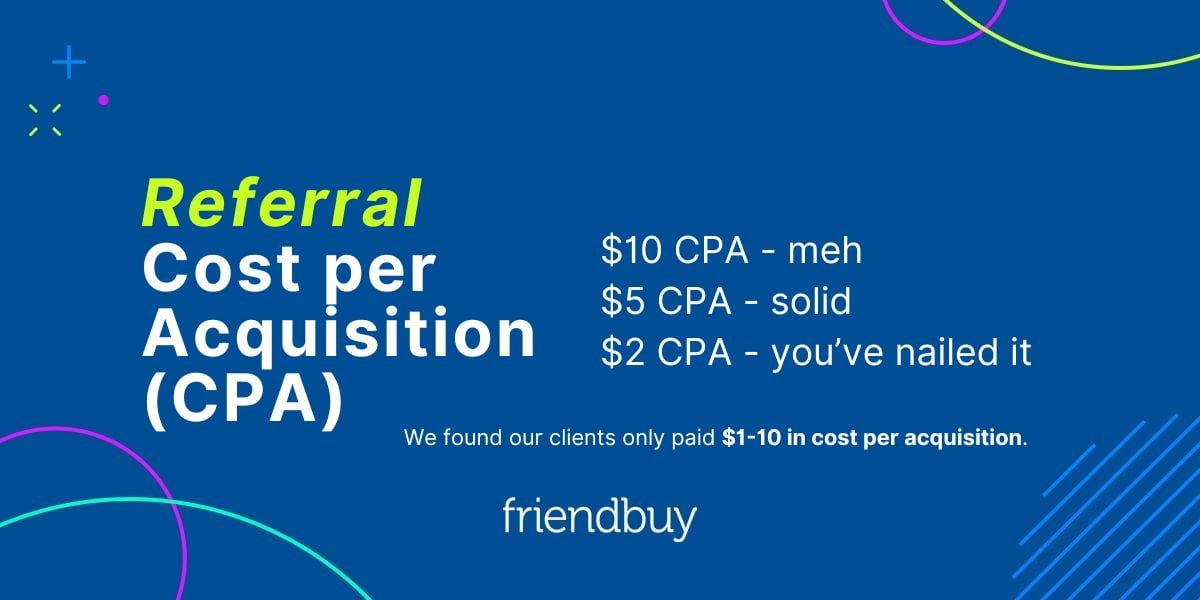
Compared to display advertising ($20 to $40 CPAs), Pay Per Click ($30) and display retargeting ($10), referral programs are extremely efficient. Referral programs should cost less, since you’re relying on a customer to do much of the marketing and promoting.
Here’s a general idea of how to feel about your referral CPA:
- $10 CPA - meh
- $5 CPA - solid
- $2 CPA - you’ve nailed it
How to Improve Referral Rates
If you’re not satisfied with your current referral rate, there’s plenty of ways to improve it through research, marketing, and testing. Here are a few ways to improve your referral rates.
Take Time To Understand Your Audience
Everyone’s audience is different and you won’t be able to properly market your target audience if you’re not sure what they respond well to.
Some audiences prefer dollar-based deals, while others respond better to percentage-based ones. They might also respond well to some of your products or services and less so to other ones.
It’s not just about the rewards, but the copy and presentation too. Is your copy conversational and casual, or is it too focused on product and service descriptions? Do you use actual words and phrases that your customers are using to describe your products? You want to appeal to Advocates and Friends alike, and your copy’s voice should be refined to reflect that.
The idea is to get to know what excites your customers based on what already excites them anyway.
Here’s how you can understand your audience better:
- Look at what flash sales were the most successful
- See if different types of Advocate rewards resulted in a higher share rate
- Look at analytics to see what marketing channel results in more shares
- See what campaign had the most referral leads and referral sales
You can also evaluate what works best through A/B testing or looking at your most successful campaigns and what worked well. We’ll get to that a little later.
Promote Your Referral Program Everywhere
“If you build it, they’ll come,” sounds nice, but you have to do more work than just that if you want to have a successful referral program. The more exposure your referral program has, the more opportunities there are to share, visit, and ultimately convert, leading to a higher referral rate.
Promote your referral program far and wide — in your newsletters, transactional emails and on your website.
Consider advertising the program on the homepage, the order confirmation page, user account pages, product pages, and even on a separate stand-alone referral page with your referral widget.
Here are some places you can promote your referral program widget for effective results:
- Home page – 46% of referral revenue comes from a primary call-to-action on your homepage
- Post-purchase overlay – 24% of referral revenue comes from this type of placement
- Landing page with an embedded referral widget – 30% of referral revenue comes from this placement
We also recommend that you send a monthly or quarterly referral email blast to remind your audience about your referral program. See a few of our referral email templates to get an idea of what kinds of email blasts you can send.
Just like we recommend regular email reminders, we also recommend sharing your referral program on social media as well.
Friendbuy example #1: The Spice House reminds its Instagram audience that it has a refer-a-friend program through Instagram stories.
Friendbuy example #2: MeUndies includes its referral program #MePlusWe on their Highlights so that it’s always top of mind.
Key takeaway: Let everyone know about the program by promoting it to your email list and social followers alike.
Give Rewards That Are Worth Sharing
If you want Advocates to share your referral program, then you need to offer rewards that not only make sense for your company but are also valuable to both Advocate and Friend.
Discounts, free products, store credit, and gift cards are all examples of enticing rewards. You’ll want to consider if you expect Advocates and Friends to make repeat purchases, or infrequent but larger purchases, as this will determine what offer works best for you.
Get creative with your rewards to up their value. Friendbuy allows for customization and different tiers that can motivate Advocates to share the program more frequently and refer multiple Friends.
If you’re not sure what rewards perform best, here are 3 that Friendbuy customers have great success with:
- SKU-based rewards – Promote certain products or categories this way as Advocates are rewarded by their Friend’s purchase. Tonal utilizes SKU-based rewards to encourage Friends to make high-consideration purchases, while at the same time rewarding Advocates with store credit.
- Rewards based on purchase amount – Offering a higher reward based on purchase amount is a great way to incentivize Friends to make larger purchases and encourage Advocates to share the program far and wide. Interior Define implemented an offer that would give Advocates and Friends a higher discount if the Friend spent over a certain threshold.
- Tiered reward – To incentivize sharing, you can offer Advocates tiered rewards that give them bonuses when they advance to the next tier. Nuuly uses an eye-catching “Give $10, Get up to $60” CTA to encourage Advocates to get at least 6 friends to subscribe.
Use A/B Testing To Find What Works Best
An impressive referral rate doesn’t happen overnight. A/B testing allows you to make data-driven decisions that benefit your company positively, in every single stage of the referral marketing funnel. The success of your campaign is influenced by a variety of different elements and A/B testing allows you to change individual aspects of your campaign to see which version performs best.
Friendbuy example #1: NatureBox tested its offering, Dollar Amount vs Free Box, to see which got the most referrals. The Friendbuy dashboard makes this easy to do so that you can customize your offering based on what your audience most responds to.
Friendbuy example #2: Get Back Necklaces increased their referral revenue by an astonishing 700% after running different A/B testing variants. It turns out, a percentage-based offer instead of a dollar-based offer increased nearly every aspect of the marketing funnel, from revenue to conversion rate to customer retention and customer acquisition. This change was made based on the A/B testing results.
Like Get Back Necklaces and NatureBox, you can conduct A/B testing for any part of the referral funnel and any part of the design or copy until you find the sweet spot that gets you the most referrals and conversions.
Final Thoughts
Optimize your referral program with A/B testing, refine your referral funnel like a pro, and enjoy a higher referral rate. Contact us to schedule a meeting with one of our referral marketing experts to help you improve your referral program today.

